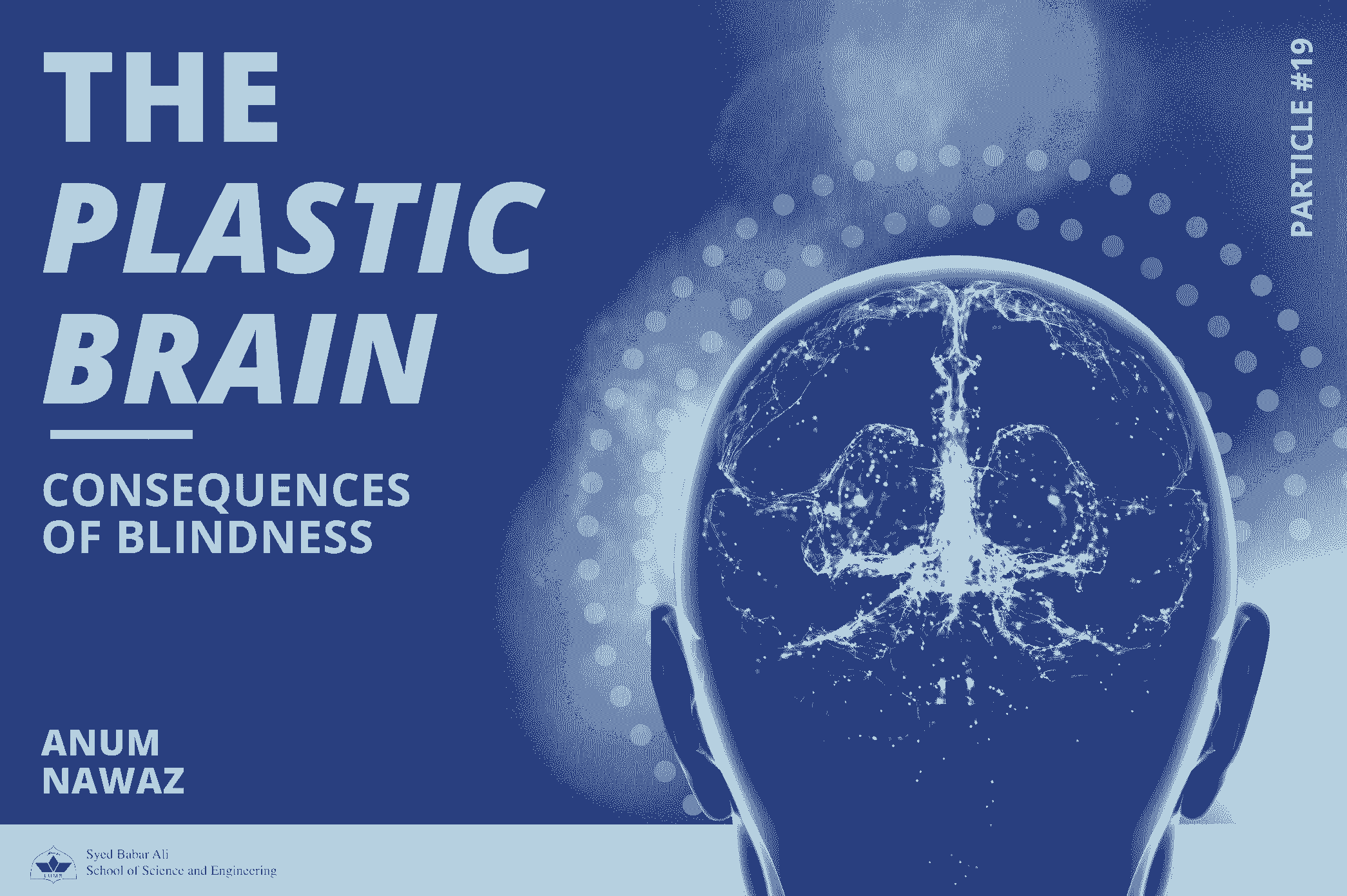
The Plastic Brain
Over time, neurologists have discovered multiple aspects of the brain both in terms of physiology and functionality. While, brain is a highly functional organ, it specializes in ways that suffices our survival.
One of the ways the brain helps us function and adapt in a particular environment is due its intrinsic property of plasticity. Plasticity is the mechanism of development and learning that helps us adapt in an ecological framework. Simply put, plasticity is about having weak enough connections to yield an influence but strong enough not to yield all at one. It is seen most evidently in blind people however it does not mean that plasticity is a way in which the brain compensates for a biological or physical disadvantage. It is not an occasional state of nervous system which only appears in case of blind people, but it is a normal ongoing state of the nervous system throughout lifespan. Simply put, it is the result of the brain’s adaptation to undergo constant changes in response to modifications in its input afferents and output targets.
Growing literature in experimental research in neuroscience gives evidence and insight to this highly delicate system of brain plasticity. In a study conducted by Leone et al (1995), 2 groups of participants were trained to mental and physical stimulate motor outputs. They were instructed to perform a sequence of finger movements fluently during transcranial magnetic stimulation. It was seen that the mental stimulation of movements activated some of the central neural structures required for the performance of actual movements. Once near perfect level of performance, the subjects were randomized in 2 groups. One group continued daily practice, while the second group stopped the practice. It was seen after a week that in the group who had stopped practiced, the activity of motor output stimulation significantly dropped compared to the baseline. This experiment suggests that acquisition of necessary motors skills to perform a movement task is correctly associated with reorganisation in the cortical motor outputs to the muscles involved in the task. It also suggests that changes in the activity across a distributed neural network may be able to establish new patterns of brain activation and sustain function.
Growing experimental evidence in blind people suggests some interesting patterns in brain plasticity. The brain areas commonly associated with the processing of visual information are recruited in a compensatory cross modal manner that accounts for superior nonvisual capabilities. Phelps et al (1981) demonstrated that in early blind subjects, the primary visual cortex is activated while Braille reading task. They were among the first to suggest that occipital cortex is active in blind people. However, Uhl et al (1991) found out that just the passive sweeping of the finger over a homogenous pattern of braille dots did not result in activation of primary visual cortex.
Hamilton et al (2000) reports the case of a congenitally blind woman who was once a proficient braille reader that had difficult reading Braille after bilateral posterior cerebral artery strokes. This was despite the fact that her somatosensory sensation, peripheral motor and sensory nerve functions were all intact. Even though she was aware of the dots, she could not extract the meaning. While she did well on other tactile tasks such as identifying the roughness of the surface or distinguishing between different coins, she was not able to judge distance between braille dots or read braille. This case suggests that a functioning occipital cortex is needed to carry out the task of braille reading.
While the brain has the ability to use connections in ways that helps us adapt to function properly, it can also establish new connections to serve the purpose of adaptation. It is also seen that in the sooner these connections are built, the better the functioning. This was demonstrated by Burton et al (2002) in an experiment in which he instructed subjects to generate a verb in response to reading a noun cue presented in braille. They found that occipital cortex activation was much more prominent in early than vs in late blind subjects. We have seen through these experiments that the function of the occipital cortex changes from simple processing of visual information to processing information related to another sensory modality.
We have also seen that the brain has the capability of unmasking pre-existing connections and shifts in connectivity to present rapid, early plastic changes which can lead to structural changes. In case of blindness, the nervous system is moulded rapidly by shifts of strength in existing connections. New structural connections re-establish giving rise to new capacities such as the recruitment of occipital cortex. Hence plasticity seems to be an obligatory consequence of all neural activity and environmental pressures. This process of unmasking existing connections and the establishment of new ones gives rise to unexpected potentialities and capacities to utilize the brain’s limited resources.

